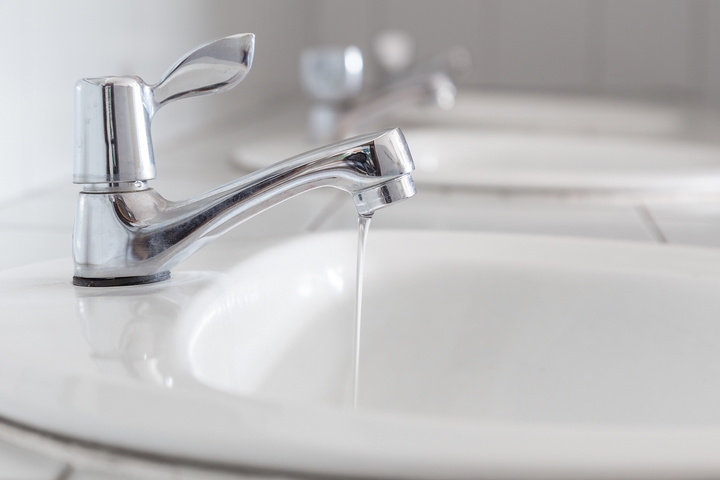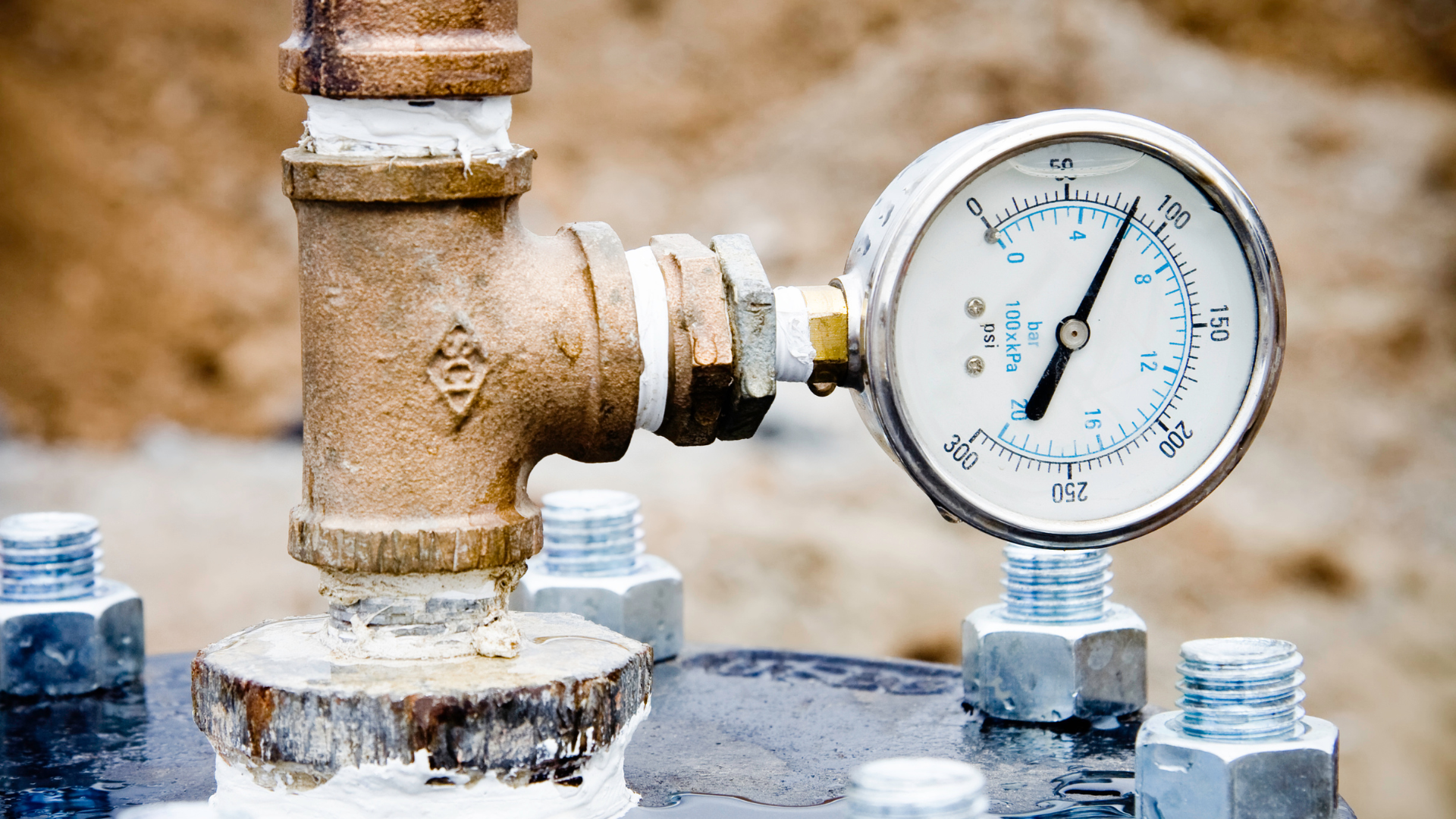Just how do you actually feel in regards to 9 Reasons for Low Water Pressure in Your House?

Low tide stress in your house can be an aggravating trouble, affecting everything from showering to cleaning dishes. If you're experiencing weak water circulation, there are numerous possible reasons and solutions to explore. In this guide, we'll go over usual factors for low tide pressure and practical steps to deal with the concern properly.
Introduction to Low Tide Pressure
Low tide pressure occurs when the flow of water from your taps, showers, and other components is weaker than typical. This can make everyday jobs extra difficult and much less efficient. Recognizing the sources of low water pressure is crucial to locating the best remedy.
Common Sources Of Low Tide Stress
Faulty Stress Regulatory Authorities
Pressure regulators are responsible for keeping constant water pressure in your house. If they malfunction, it can result in low water pressure or irregular circulation throughout your house.
Community Water Supply Issues
Often, the trouble exists outside your home. Municipal supply of water problems, such as main line leakages or upkeep work, can temporarily minimize water pressure in your location.
Pipeline Obstructions
In time, pipes can end up being clogged with mineral deposits, debris, or particles, limiting the circulation of water. This is a common issue in older homes with galvanized steel pipes.
Corrosion
Corrosion within pipes can result in leaks and reduced water stress. Rust buildup can constrict water circulation, specifically in aging plumbing systems.
How to Diagnose Low Tide Stress
Inspecting Pipelines
Examine noticeable pipes for indicators of leaks, corrosion, or clogs. Focus on any uncommon audios, such as knocking or rattling pipes, which could show problems within the plumbing system.
Consulting with a Plumber
If you're unable to determine the root cause of low water stress, think about working with a specialist plumber to perform a thorough inspection. They can identify underlying issues and recommend appropriate options.
Checking Faucets and Fixtures
Begin by examining the water pressure at different faucets and components throughout your home. If the concern is isolated to specific locations, it may show local troubles.
DIY Solutions to Fix Low Tide Pressure
Flushing Hot Water Heater
Sediment buildup in the hot water heater can limit flow and reduce efficiency. Purging the tank periodically aids get rid of debris and maintain optimum efficiency.
Inspecting Pressure Regulatory Authority
Guarantee that the stress regulator is operating properly. Readjusting or changing the regulator can aid recover correct water stress throughout your home.
Cleaning Up Aerators and Showerheads
Natural resources can gather in aerators and showerheads, lowering water flow. Remove and clean these elements consistently to boost water stress.
Cleaning Clogs in Water Lines
For minor obstructions, try utilizing a plumbing snake or chemical drainpipe cleaner to clear blockages in pipelines. Beware when making use of chemicals and comply with safety and security standards.
When to Call a Professional Plumber
If do it yourself efforts fall short to settle the problem or if you suspect considerable plumbing problems, it's finest to look for aid from an accredited plumber. They have the competence and tools to address intricate concerns safely and effectively.
Safety Nets to Preserve Water Stress
Installing a Stress Booster
Take into consideration mounting a stress booster pump to improve water pressure in locations with constantly low flow. This can be especially helpful for multi-story homes or residential or commercial properties with high-demand components.
Surveillance Water Use
Bear in mind water use practices and avoid ill-using the plumbing system. Simple adjustments, such as incredible showers and laundry lots, can aid preserve ample water stress.
Routine Maintenance
Schedule regular upkeep for your plumbing system to stop problems such as corrosion, leakages, and blockages. Addressing minor issues early can assist avoid more considerable repair work later.
Verdict
Handling low water stress can be irritating, yet identifying the underlying causes and executing suitable services can bring back optimum flow throughout your home. Whether it's cleaning aerators, evaluating pipelines, or talking to a plumber, taking proactive steps can ensure a consistent supply of water for your day-to-day requirements.
FOUR WAYS TO FIX LOW WATER PRESSURE NOW
Turning on a shower or faucet only to find the water comes out in a sad, slow drizzle is never a good feeling. How exactly are you supposed to wash a pan or take a quick shower when it takes 10 minutes just to rinse off a little soap? The good news is that when your water pressure is bad, there's always a cause: typically one that can be easily fixed. Here are some of the most common causes of low pressure and what you can do to fix the issue:
DEBRIS AND MINERAL DEPOSIT BUILDUPS
If you notice low water pressure from just one or two of the fixtures in your house, the problem likely has to do with debris buildup. Water is full of minerals and other debris, all of which can accumulate in your pipes and on your fixtures. This can cause a blockage that affects how much water flows through. To fix this, try filling a small plastic bag with white vinegar, and use a rubber band to hang it around your showerhead or faucet. Let the head of the fixture soak for a few hours, and the vinegar should loosen the deposits.
WATER LEAKS
Leaks are another common cause of low water pressure. If water is flowing out of your plumbing through a hole or crack before it can reach your fixture, the pressure coming out of the faucet or showerhead will be lower. A plumbing professional is your best bet for finding and repairing a leak in your water supply pipes.
Leaks are another common cause of low water pressure. If water is flowing out of your plumbing through a hole or crack before it can reach your fixture, the pressure coming out of the faucet or showerhead will be lower. A plumbing professional is your best bet for finding and repairing a leak in your water supply pipes.
A VALVE ISSUE
If you have low water pressure throughout your home, check your main shut-off valve to make sure it's completely open. You may also want to see if there's a pressure-reducing valve installed. If there is, have a plumber help you adjust the settings to get the pressure you're looking for.
OTHERS USING WATER
Believe it or not, your low water pressure could be caused by your neighbors. If you notice low pressure at certain times of day, it may be because you and the people living next to you have similar schedules - when everyone is showering at the same time, the pressure will be lower in every home. Low pressure throughout the neighborhood may also be caused by an issue with your municipal water supply. If that's the case, call the supplier to see if they're working on the issue.
https://www.rotorooter.com/blog/water-leaking/low-water-pressure-fixes/

Hopefully you liked our excerpt on . Thanks a lot for taking a few minutes to read through our piece. Feel free to pause to promote this page if you liked it. I appreciate reading our article about 9 Reasons for Low Water Pressure in Your House.
Book